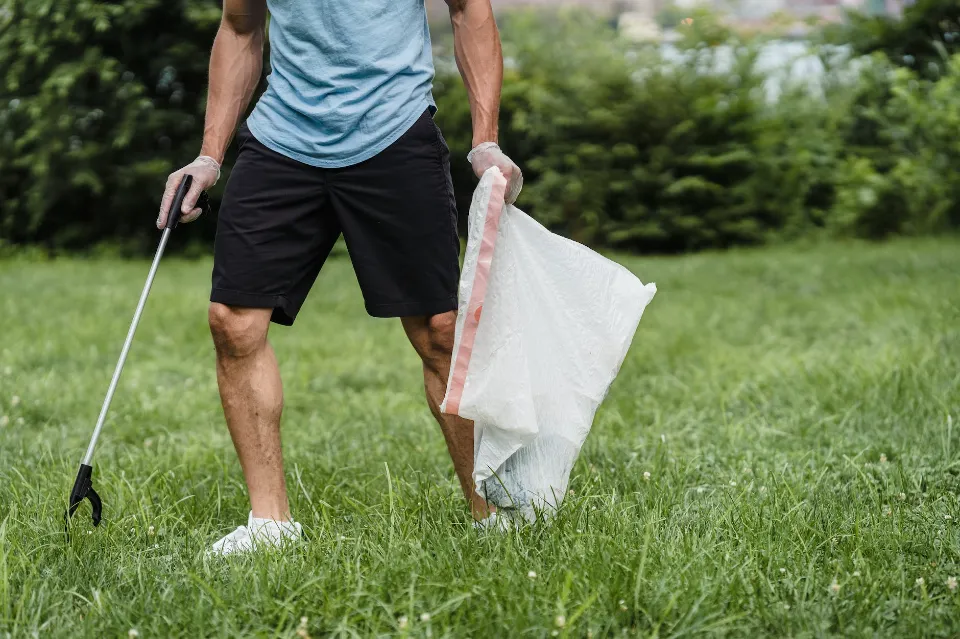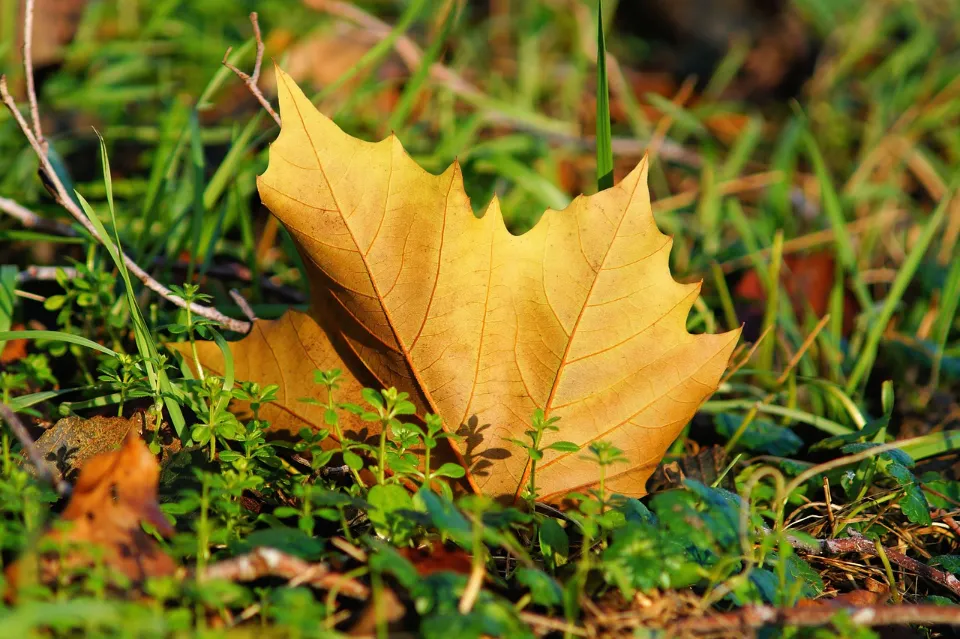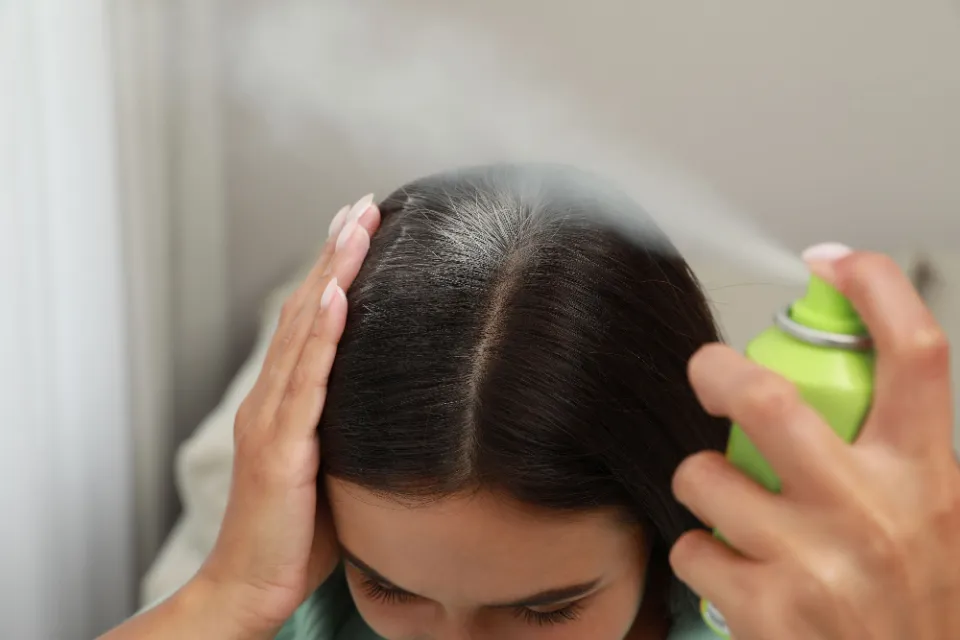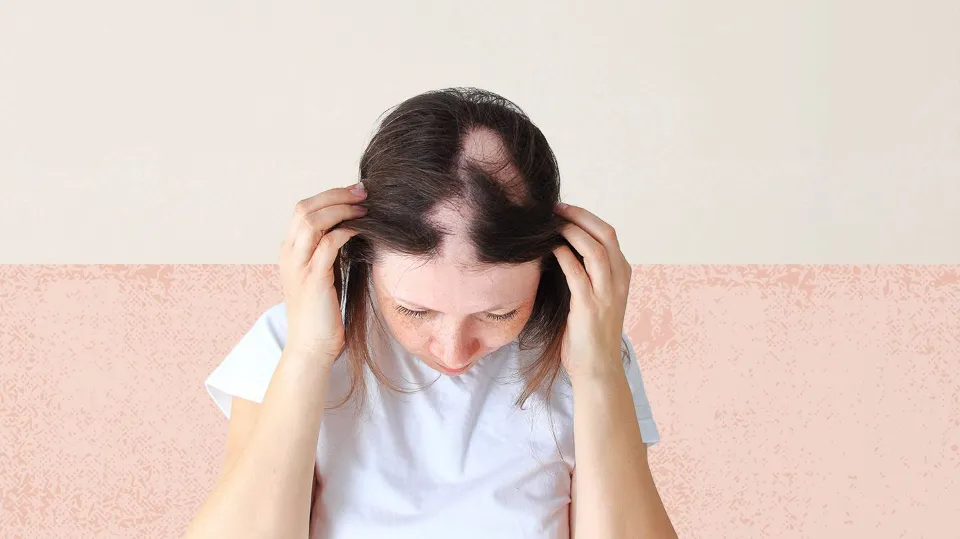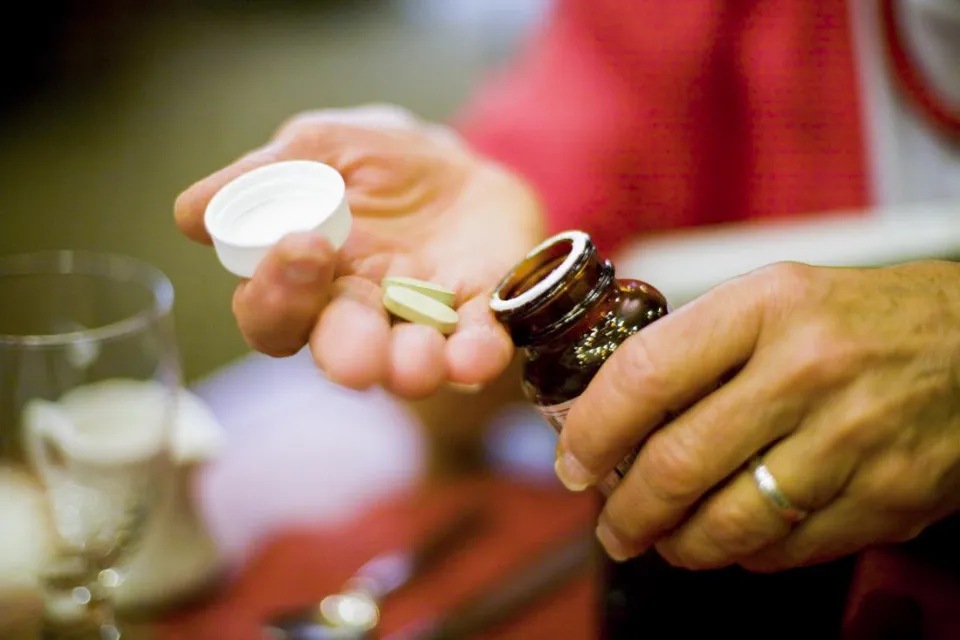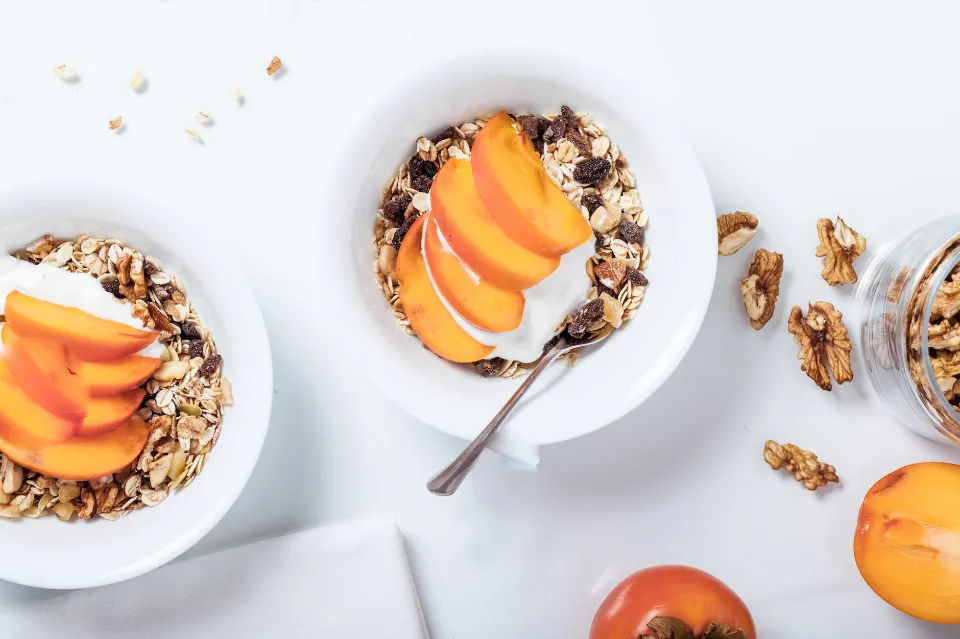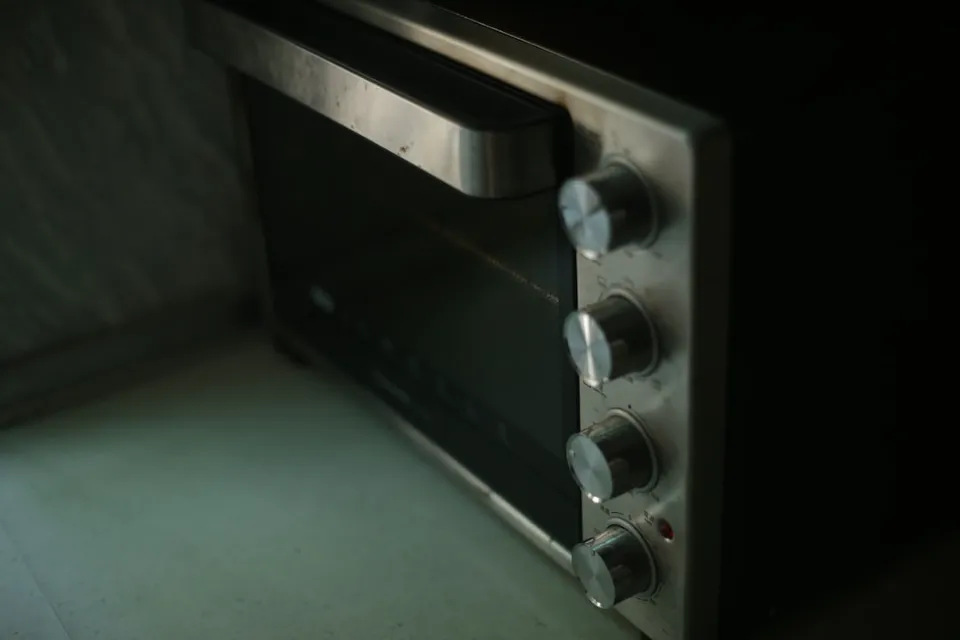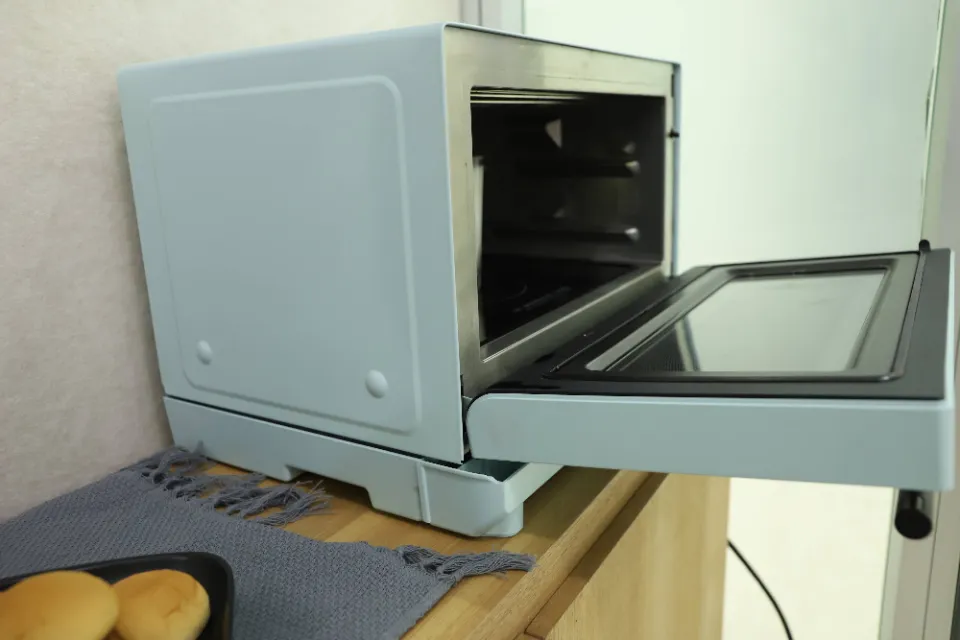You may believe that winter lawn maintenance is not necessary because turf grass gradually enters the yellow phase from autumn to winter. In reality, winter lawn maintenance has a greater impact on enhancing the ornamental value of the lawn and the growth of the lawn the following year. As a result, targeted management of the lawn is also required in the winter, but compared to the previous three seasons, it is relatively straightforward and straightforward.
Management of Warm-season Lawns
Warm season turfgrass has entered the dormant period in winter, most of the aboveground parts have withered yellow, and the physiological activities of turfgrass have basically stopped. Therefore, there is no need to apply fertilizer, spray, etc. in winter, but other management measures such as pruning, weeding, etc. should be kept up, so as not to add difficulty to the management of the coming year.
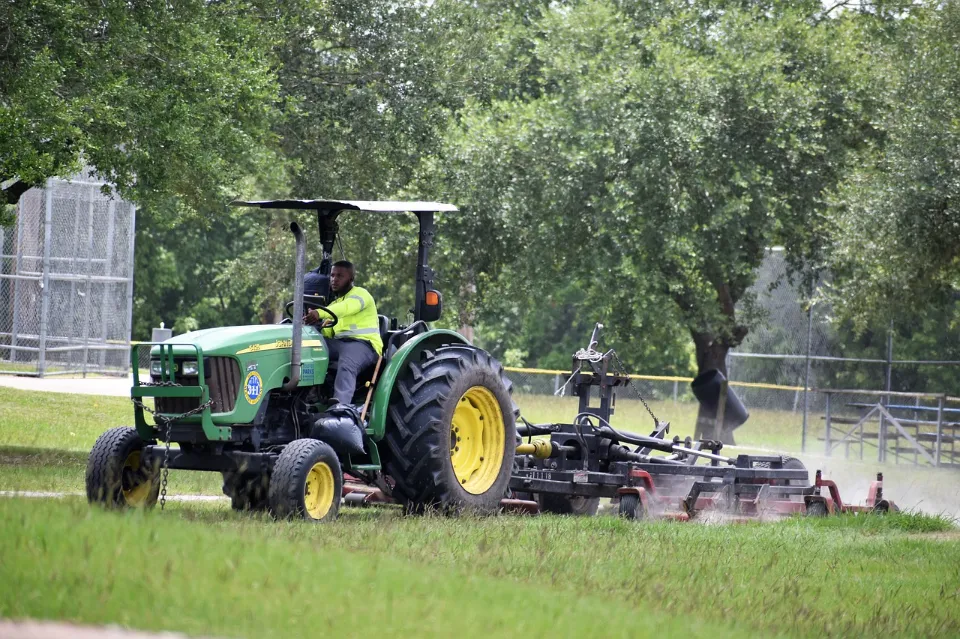
Remove the Dead Grass Layer
Warm-season lawn grass has a dead grass layer that is simple to accumulate and that is simple to turn into a habitat for central pests and diseases to overwinter. In this situation, it is possible to lessen the likelihood of pests and diseases in the following year by removing the dead grass layer with a special grass comb or a special iron rake. Furthermore, it is simpler to remove dead grass when enjoying a wintertime lawn.
Mulching
Uneven lawn surfaces will result in a number of challenges for lawn management and grass growth, including difficulty operating lawn equipment, decreased appearance quality, poor lawn growth, serious diseases and pests, etc. Therefore, it is more crucial to use the warm season lawn grass’ winter dormancy period to cover the soil, giving the lawn bed a tidy and lovely appearance, especially for the sports field lawn and fruit lawn.
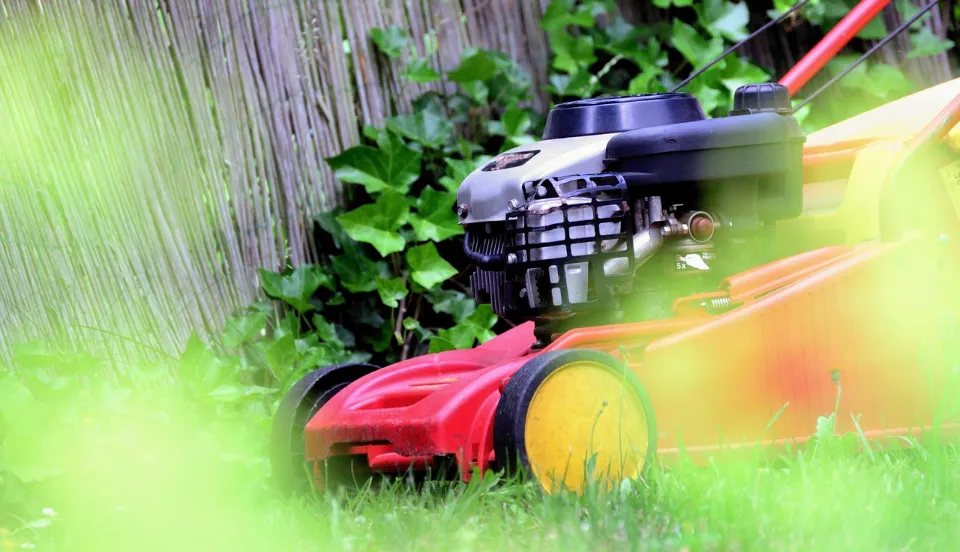
Watering
Warm-season turf grass is vulnerable to low temperature risks; if a soil drought occurs in winter, the soil temperature is easily lowered. At this time, it is necessary to raise the soil temperature by watering, as well as to provide enough water for the respiratory growth of turf grass, even though the water requirements of turf grass during the winter dormancy period are relatively low. In addition, if the soil temperature is too small, the root system of dormant lawn grass may lose water and die. Therefore, winter irrigation should be carried out before wintering of warm-season turfgrass.
Weed Control
Because there are no effective selective herbicides to control them, warm-season grass weeds mixed with warm-season grass lawns are more challenging to eradicate. Pesticides are harmful to the stems and leaves of the winter warm-season lawn grass, but not after they have died. At this time, non-selective herbicides can be applied to kill these weeds, so that the spring rejuvenation of the warm-season turfgrass can not be affected in any way.
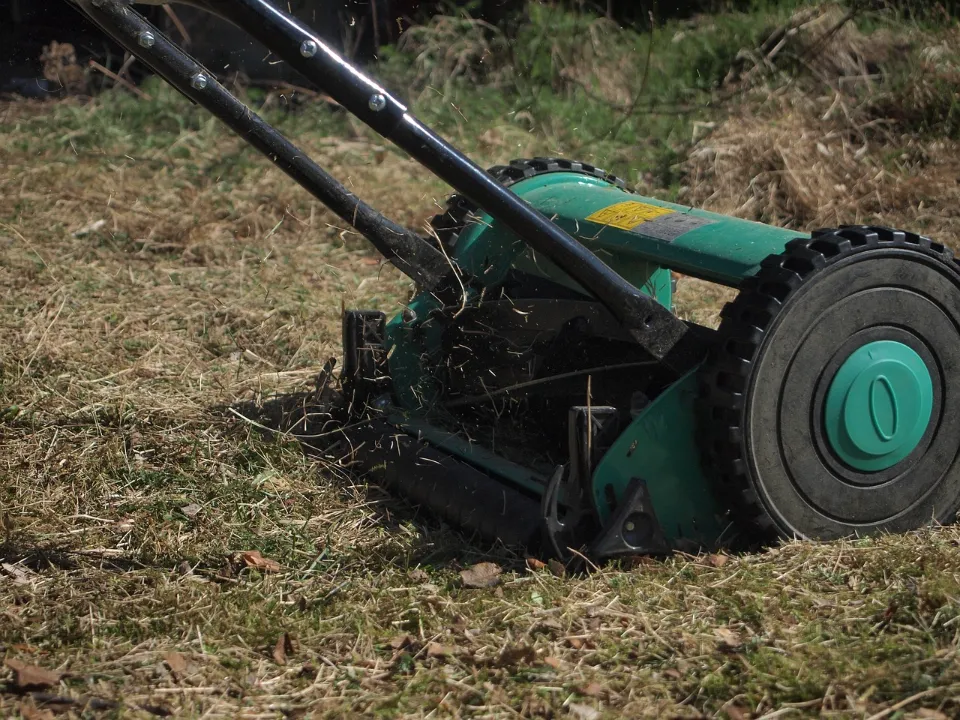
Winter Management of Cold-season Lawns
The soil temperature of turfgrass in the cold season is greater than 5. Photosynthesis can still occur and the underground root system can still expand, despite the fact that the aboveground leaves are no longer growing. Cold-season lawns benefit greatly from a lengthy period of greenness, but if winter maintenance is neglected, the leaves will also dry out and turn yellow. The winter months therefore require effective and focused management.
Fertilize
when the soil temperature falls to 8 C. The stem and leaf portions of lawn grass have essentially stopped growing below 8 C, but they can still perform photosynthesis, store energy, and withstand the effects of the cold in the winter. In addition to extending the winter green period of the lawn and speeding up spring rejuvenation, late autumn fertilization can encourage the development of underground roots, strengthen turfgrass resistance, and ensure that turfgrass will overwinter safely.
Watering
The cold season lawn needs a lot of water in the winter to maintain its normal physiological activities, but the water demand is higher than that of the warm season lawn, so proper watering in the dry winter can also promote the enhancement of the resistance of the lawn grass, so that the green period of the lawn grass is extended and the ornamental nature of winter is enhanced.
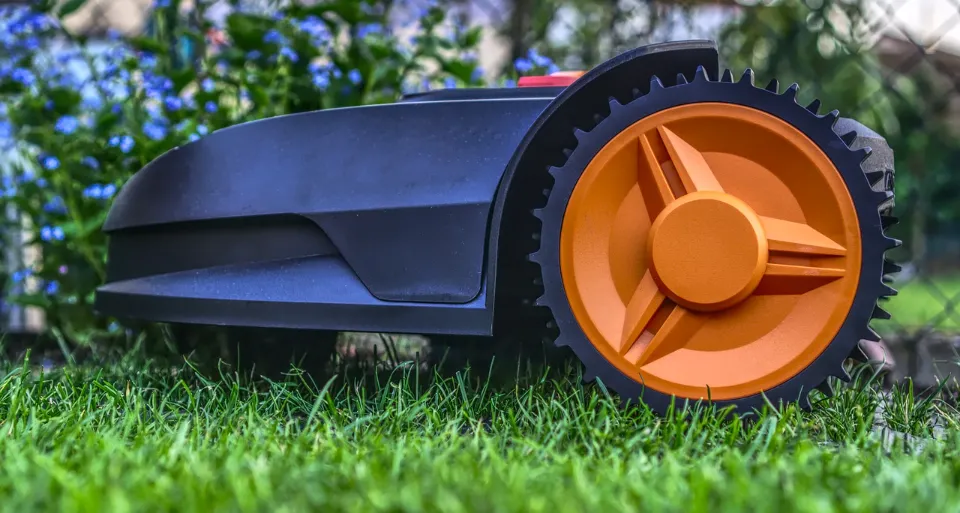
Trim
For the particularly cold north, the cold-season lawn grass’s leaves gradually turn yellow from top to bottom in the winter. By gradually lowering the pruning height, you can remove the yellowish part and extend the lawn grass’s period of greenness. A low-trimmed lawn will also turn green earlier the following year.
Protection During Frost
Once it reaches zero degrees. The lawn will suffer significant damage if machinery or a person walks on it or steps on the stems and leaves because they will freeze and become hardened below c. Because of this, the lawn must be specially protected by standing cards during the frost period, and it can only be used once the sun rises and the frost has been lifted. This is crucial for the winter maintenance and management of the sports field lawn.
In addition, there will be some other phenomena in winter lawns, which need to be managed accordingly according to different situations, and strive to extend the green period of winter lawn grass and the greening period of spring lawn grass can be advanced.
Read more ways to care for your beautiful garden on Home Services Offers



